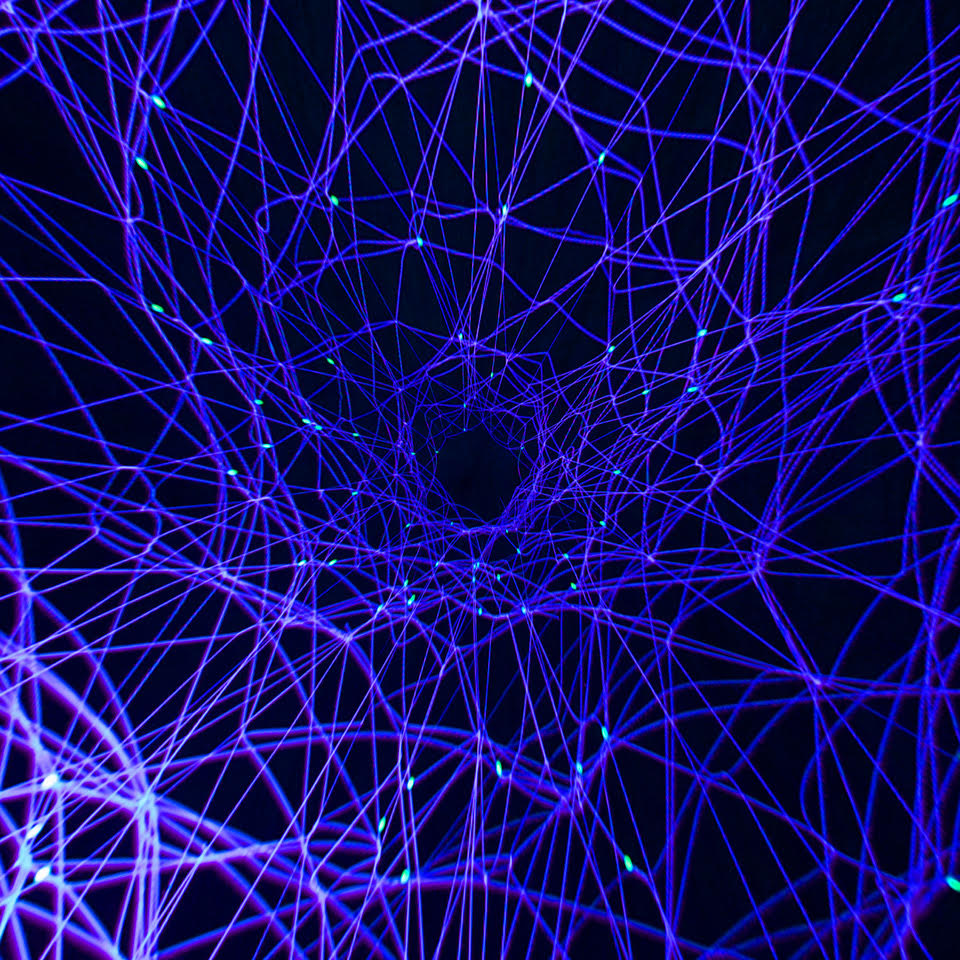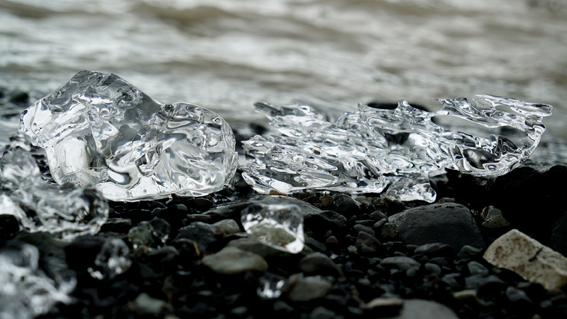
A new exhibition opening at IMAS this week (Thursday 7 December) has brought University of Tasmania researchers together with artists from Australia and Japan to explore human impacts on the planet.
Welcome to the Anthropocene has been facilitated by Hobart’s Constance Artist-Run Initiative (ARI) and will run in the IMAS Exhibition Space until 9 February 2018.
The Exhibition Opening at 5.30pm on Thursday is open to the public and will feature octopus-led improvisation, 6000 metres of UV fishing line, and the sound of an Icelandic glacier humming through a King Billy Pine listening device.
 Exhibition Curator Kira Askaroff said the artists and scientists explore themes such as climate change adaptation, simulating our future, and the involvement of humans in complex food webs.
Exhibition Curator Kira Askaroff said the artists and scientists explore themes such as climate change adaptation, simulating our future, and the involvement of humans in complex food webs.
“We’re living in a very dramatic time in Earth’s history where humans are having a huge impact on the planet,” Ms Askaroff said.
“There’s been a fantastic collaboration between the scientists and artists as they explore those impacts, and the artworks have evolved through their discussions.
“Welcome to the Anthropocene gives the artists and scientists an opportunity to present complex scientific information to the community through visualization and shared experience.
“The exhibition features performances and big visual pieces which push the boundaries of the IMAS Exhibition Space further than they have been before,” she said.
IMAS Associate Professor Julia Blanchard, one of the scientists who contributed to the exhibition, said decisions and actions taking place right now will have a large impact on future generations.
“Art offers a way of breaking down barriers to understanding what is happening by confronting our imagination and emotions in ways that standard scientific writing does not,” she said.